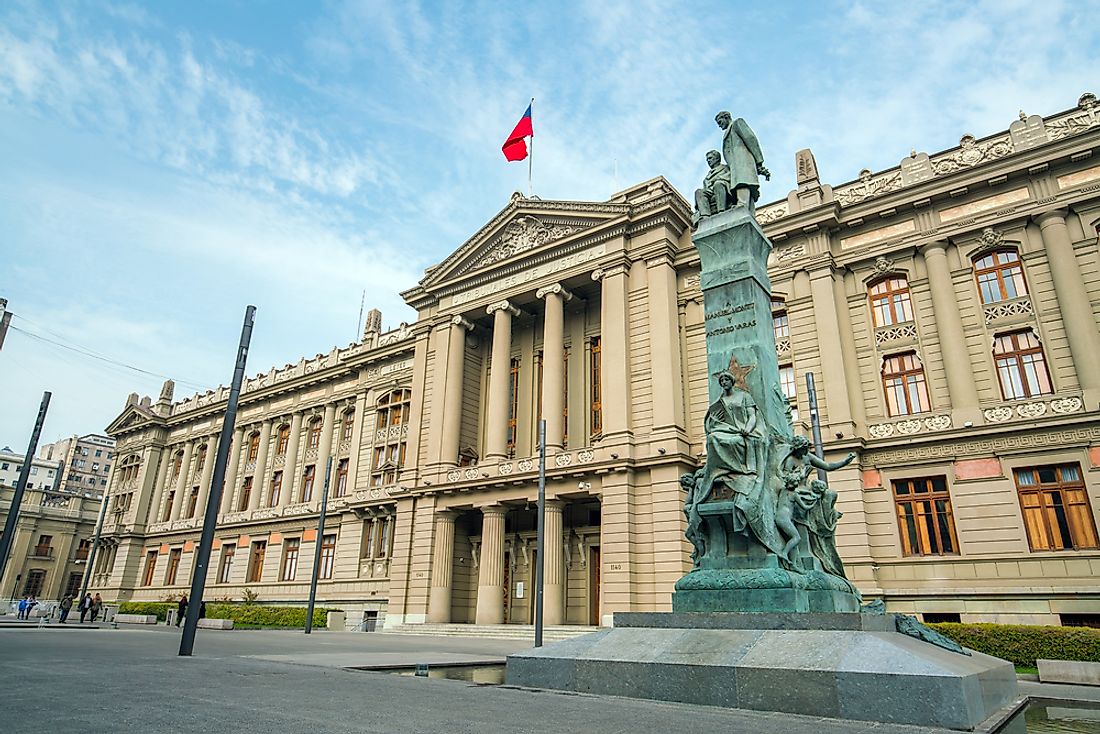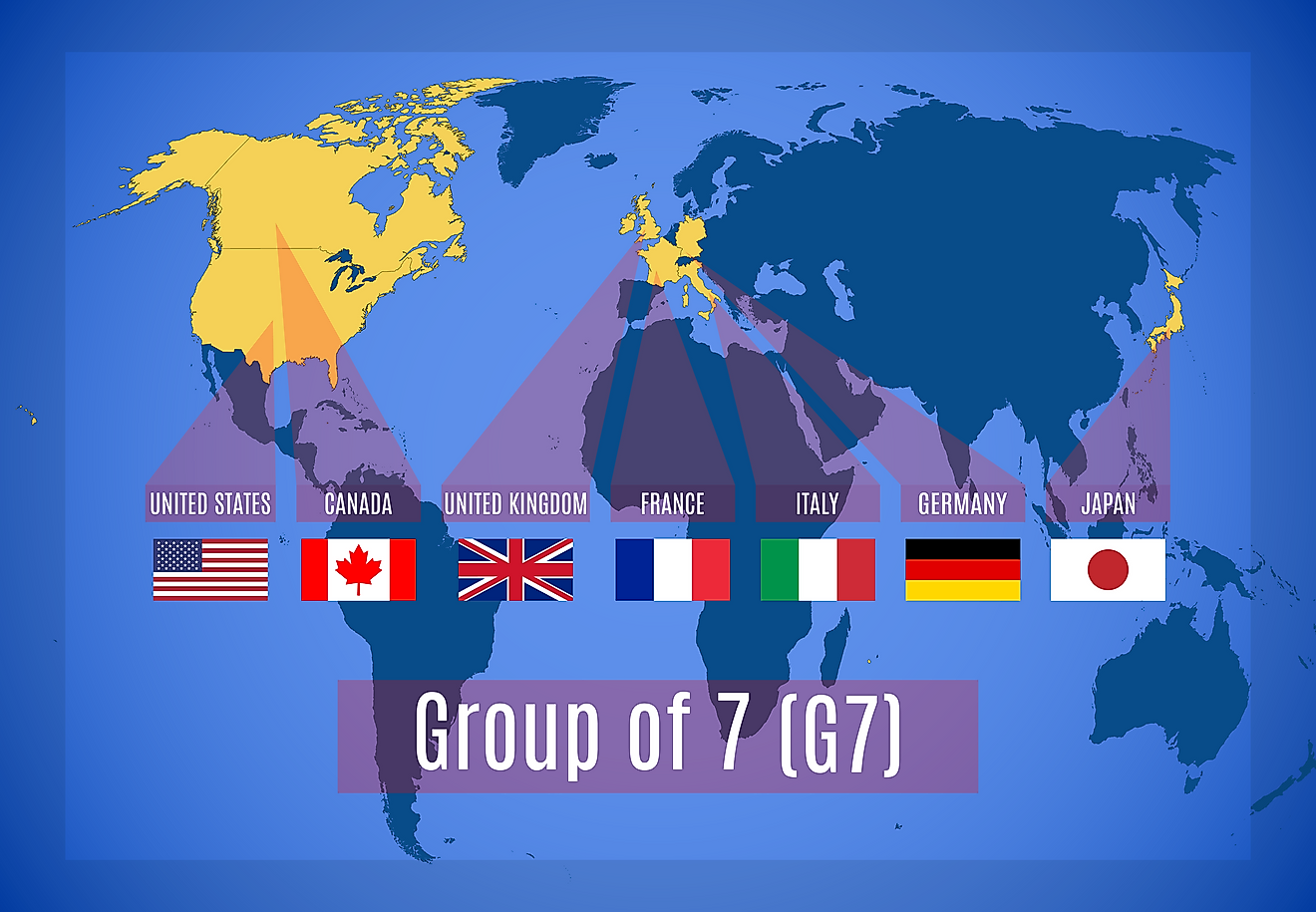What Type Of Government Does Chile Have?

History Of Government In Chile
Chile has been independent of Spanish colonial rule since 1818 and has experienced several changes in government since then. First ruled by a Supreme Director, the country entered political turmoil and exiled him in 1823. Conservatives took over the country from 1830 to 1861, establishing an autocratic republic government and creating the Chilean Constitution of 1833. Eventually, Liberals rebelled and took control from 1861 to 1891, continuing to rule under the Constitution of 1833. From 1891 to 1925, the country was under a Parliamentary era in which Parliament held more power than the President. During this time, members of Parliament were largely elite, land-owning individuals. After an uprising from working class citizens, the country entered the Presidential era from 1925 until 1973. During this time, the Constitution was revised to give more power to the President. In response to a failing economy, a successful military coup d’etat in 1973 led Chile into a military regime until 1990, when citizens voted not to allow the military leader to carry out another term. A new President and Congress were elected, and the country moved into a representative democratic republic.
Type Of Government In Chile
Under the representative democratic republic, the President if both the head of state and the head of government. In addition, the National Congress is divided into the Chamber of Deputies and the Senate. This branch of government carries out legislative power and shares executive power with the President. A separate judiciary branch carries out matters of legal concern. In 2005, the President amended the Constitution in order to reduce presidential terms to 4 years with no immediate re-election and to eliminate appointed senators and senators in lifelong terms.
Executive Branch Of The Government Of Chile
Under the executive branch, the President is responsible for carrying out the administration of government affairs, which includes endorsing and officially declaring new laws. The President appoints Governors of the 53 provinces and Intendants of the 15 regions. The Presidential authority also allows for appointment and removal of Cabinet Ministers.
Legislative Branch Of The Government Of Chile
As previously mentioned, the National Congress carries out the legislative duties of the country by drafting and amending laws. This branch also works to ensure that laws are carried out by the government. Members were elected by a binomial voting system, which gave two representative seats to each district based on the party with majority votes and the runner-up. This system kept two parties in power: the New Majority and the Alliance. This system changed with the electoral reform movement of 2015. Under the new voting system, the number of representatives has been decreased, basing representation on district population size. This new system could also increase a district’s number of senators and will give third party candidates a bigger chance of winning. It also requires 40% of candidates to be women.
Judicial Branch
The judicial branch acts independently of the executive and legislative branches of government. It consists of a Supreme Court, Court of Appeals, Constitutional Tribunal, and military courts. The Supreme Court is the last and highest court in the nation. The Court provides the Senate with a list of potential judges from which the President makes appointments. The legal system is based on Roman Law, originating in Europe and based on a set of codified principles. The Civil Code of Chile was created in 1855 and borrows from Spanish law.











